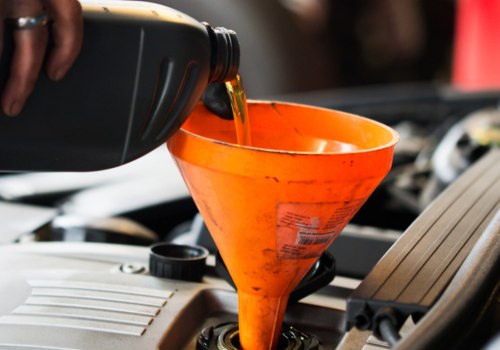Creating an effective maintenance plan is essential for any business that wants to ensure their equipment is running smoothly and efficiently. Taking a proactive approach to maintenance can help prevent costly downtime and business breakdowns. To create a successful maintenance plan, there are several steps that need to be taken. The first step is to detail the work that needs to be done on each asset.
This includes scheduling work, adding workers or contractors, and adding replacement parts. It's important to eliminate any preventive maintenance tasks that don't provide real benefits to the equipment in your facility. On average, this could mean eliminating around 30% of PMs, which can help planners use their time more effectively. The next step is to create a schedule for the planned works.
This schedule should be delivered to the workshop and the work should be completed. Any comments on these work orders, along with details of any equipment failures, should be captured in the CMMS for historical reporting purposes. It's also important to create a long-range maintenance plan that shows the number of hours of preventive maintenance work that will be performed at each worksite over an 18-24 month horizon. This plan should be reviewed regularly to improve accuracy and quality of information.
In addition, it's important to communicate preventive and corrective maintenance requirements to production so they understand the need for the maintenance window. This will help ensure that the smallest problems are identified before they escalate, which means there is less chance of downtime and business breakdowns. Finally, it's important to employ a comprehensive preventive and planned maintenance program from a reliable facilities management company like MSL. This will help you rest assured that any repairs and maintenance will be taken care of before they become broader problems.
By following these steps, you can create an effective maintenance plan that will help ensure your equipment is running smoothly and efficiently. Taking a proactive approach to maintenance can save you time and money in the long run.







